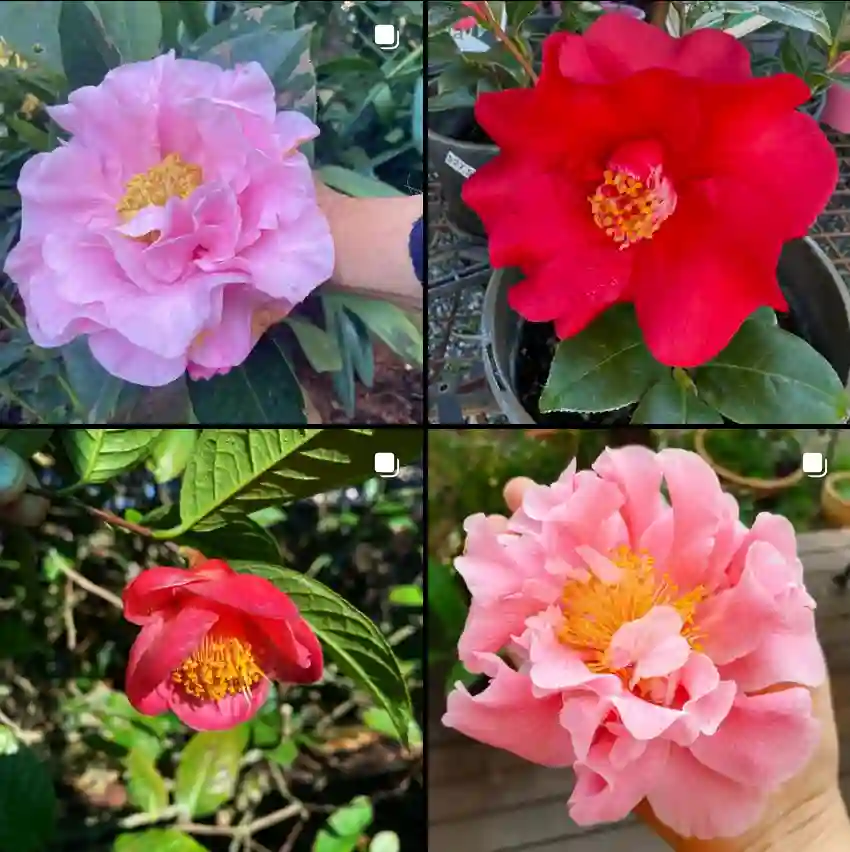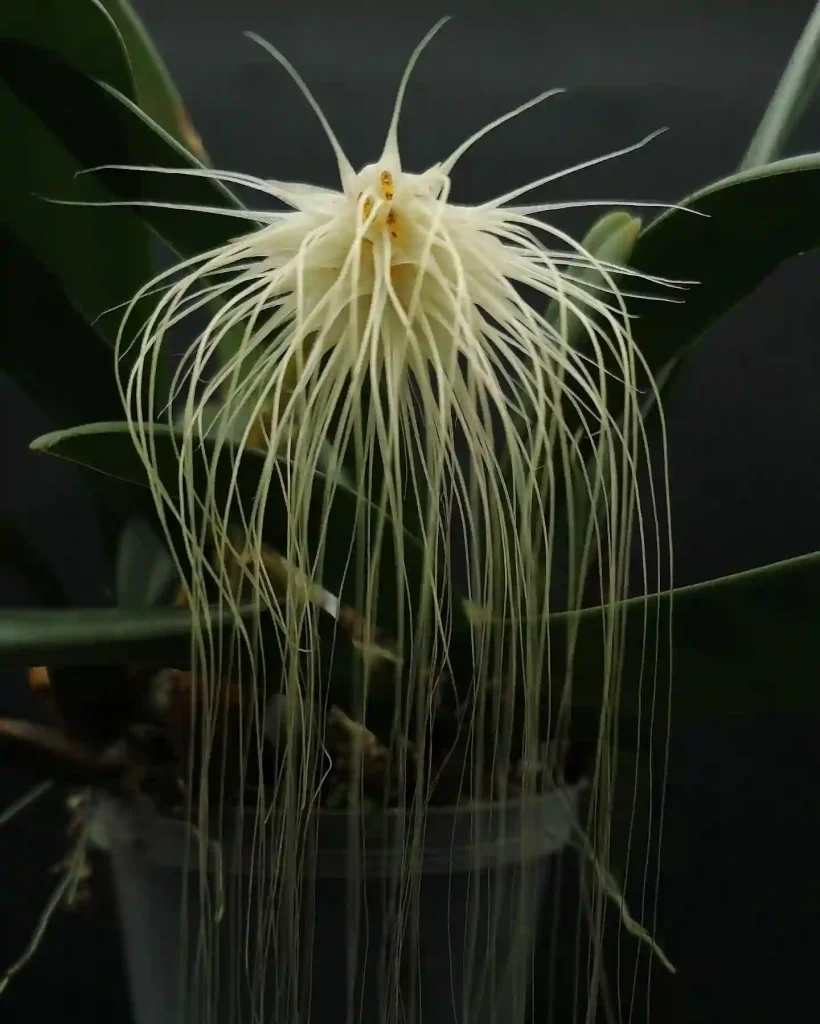The Enchanting Glow of Sandersonia: A Floral Love Affair
My name is Ferb Vu, and I’m a lifelong devotee of the natural world, captivated by the intricate beauty and quiet resilience of plants. Among the countless species that have graced my path, there’s one that holds a special place in my heart: the Sandersonia. This captivating genus, with its singular species, Sandersonia aurantiaca, has enthralled me with its unique charm and delicate grace.
A Golden Lantern in the Green World
Imagine a flower that resembles a miniature Chinese lantern, its vibrant orange hue glowing against a backdrop of lush green foliage. That’s Sandersonia aurantiaca, more affectionately known as Christmas bells or the Chinese lantern lily. Native to the eastern regions of South Africa and Swaziland, this enchanting plant thrives in damp grasslands and forest margins, its delicate blooms adding a touch of magic to the landscape.
The genus Sandersonia belongs to the Colchicaceae family, a group known for its diverse array of flowering plants. However, Sandersonia stands out with its unique morphology. The plant’s most striking feature is its pendulous, bell-shaped flowers, which dangle gracefully from slender stems. These golden lanterns, with their intricate patterns and textures, are a testament to the artistry of nature.
A Solitary Species with a Rich History
While the genus Sandersonia comprises only one species, Sandersonia aurantiaca, its impact on the horticultural world is undeniable. The plant’s captivating beauty and symbolism have made it a popular choice for cut flower arrangements, particularly in bridal bouquets and festive decorations.
The common name “Christmas bells” stems from the plant’s blooming season in the Southern Hemisphere, where it flowers around Christmas time. This association with the festive season adds to the plant’s allure, making it a symbol of joy, hope, and renewal.
Cultivating the Magic: A Gardener’s Perspective
As an avid gardener, I’ve had the pleasure of cultivating Sandersonia aurantiaca in my own backyard. While it requires a bit of attention and care, the rewards are well worth the effort. The plant thrives in well-drained soil and enjoys full sun, although it appreciates some shade during the hottest part of the day.
One of the challenges of growing Sandersonia is its susceptibility to pests and diseases. Snails and slugs are particularly fond of its tender leaves, and fungal diseases can also pose a threat. However, with proper care and attention, these challenges can be overcome, allowing the plant to flourish and display its captivating beauty.
A Symbol of Resilience and Hope
Beyond its aesthetic appeal, Sandersonia aurantiaca holds a deeper meaning for me. Its ability to thrive in diverse environments, from grasslands to forest margins, speaks to its resilience and adaptability. The plant’s delicate blooms, emerging from seemingly fragile stems, symbolize hope and the enduring beauty of nature.
In a world that often feels chaotic and unpredictable, the simple elegance of Sandersonia offers a sense of peace and tranquility. Its golden lanterns, glowing against the green canvas of nature, remind me of the enduring power of beauty and the importance of cherishing the natural world.
Preserving the Legacy of Sandersonia
Despite its popularity, Sandersonia aurantiaca faces threats in its natural habitat due to habitat loss and over-collection. It’s crucial to support sustainable cultivation practices and conservation efforts to ensure that future generations can continue to marvel at the beauty of this unique plant.
As a passionate advocate for plant conservation, I believe that education and awareness are key to protecting our planet’s biodiversity. By sharing our knowledge and appreciation for plants like Sandersonia, we can inspire others to join the effort to preserve these natural treasures for generations to come.
If i die, water my plants!



